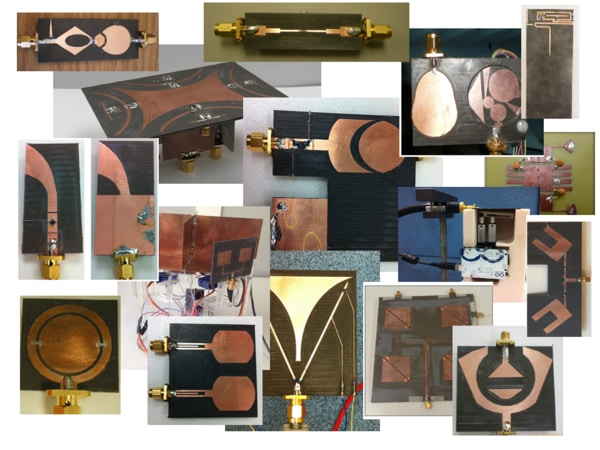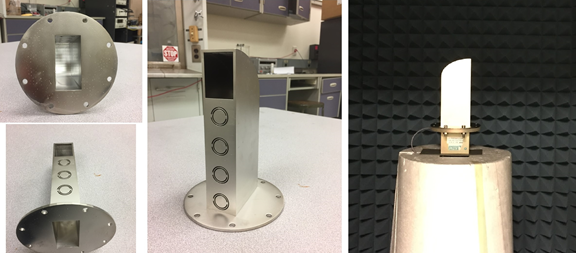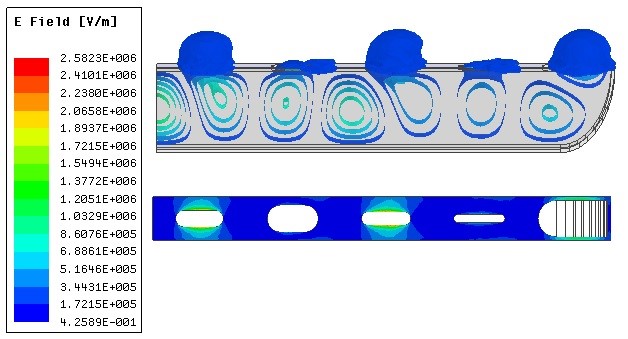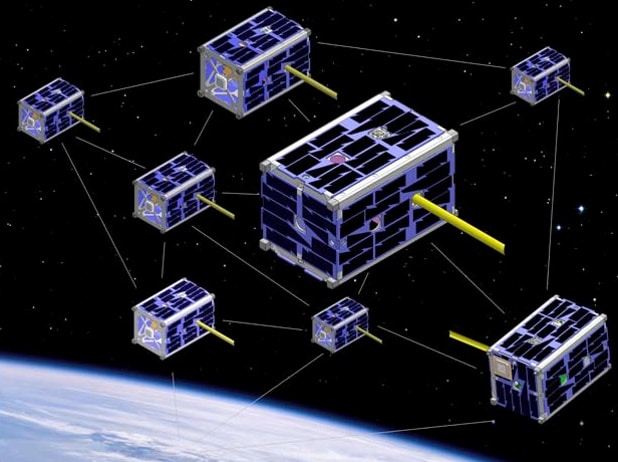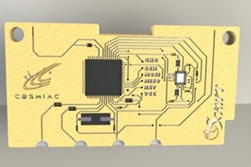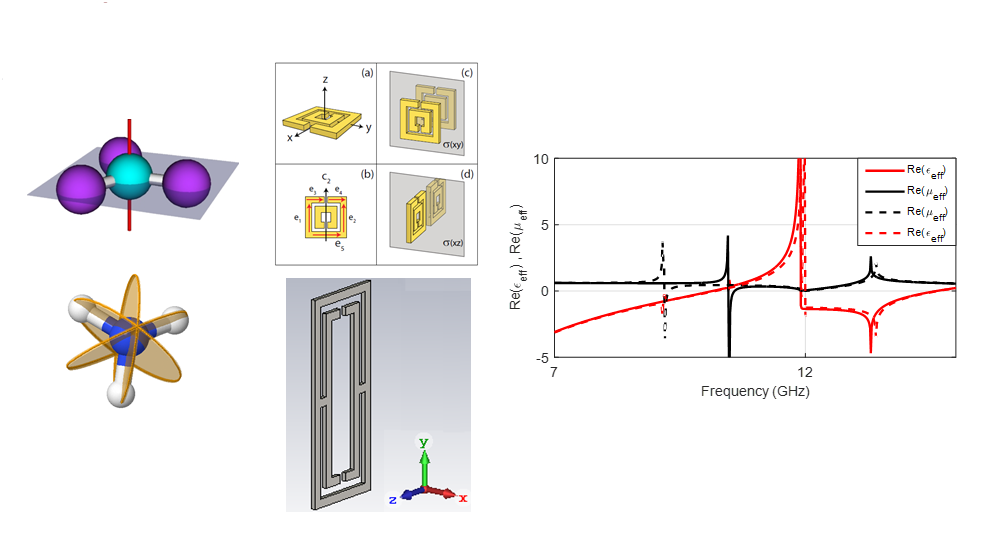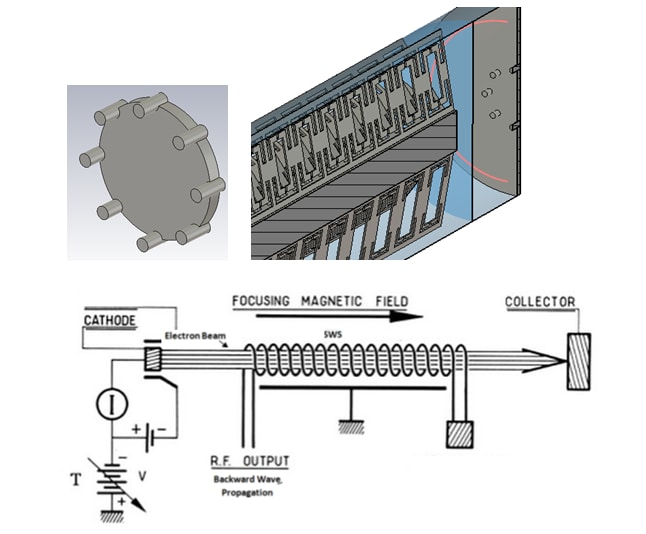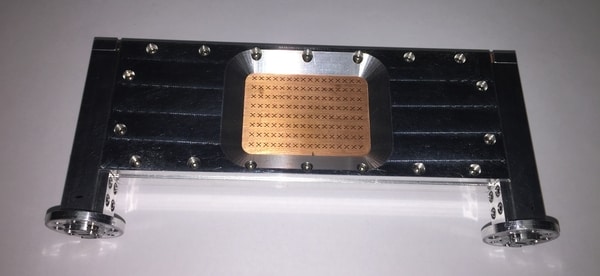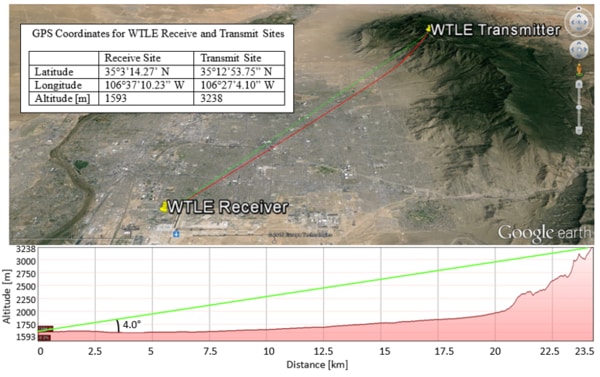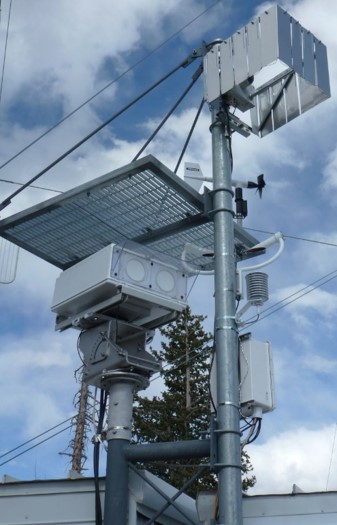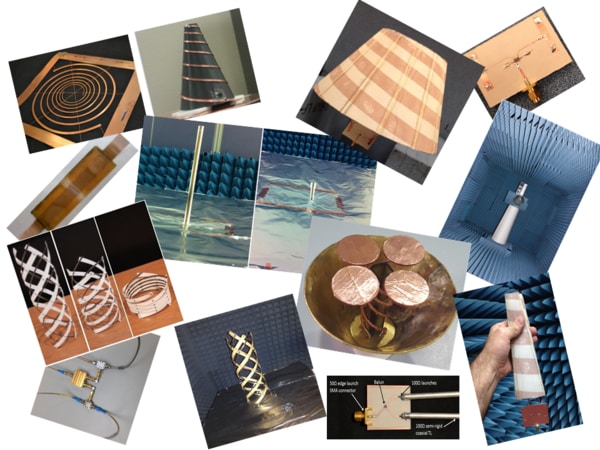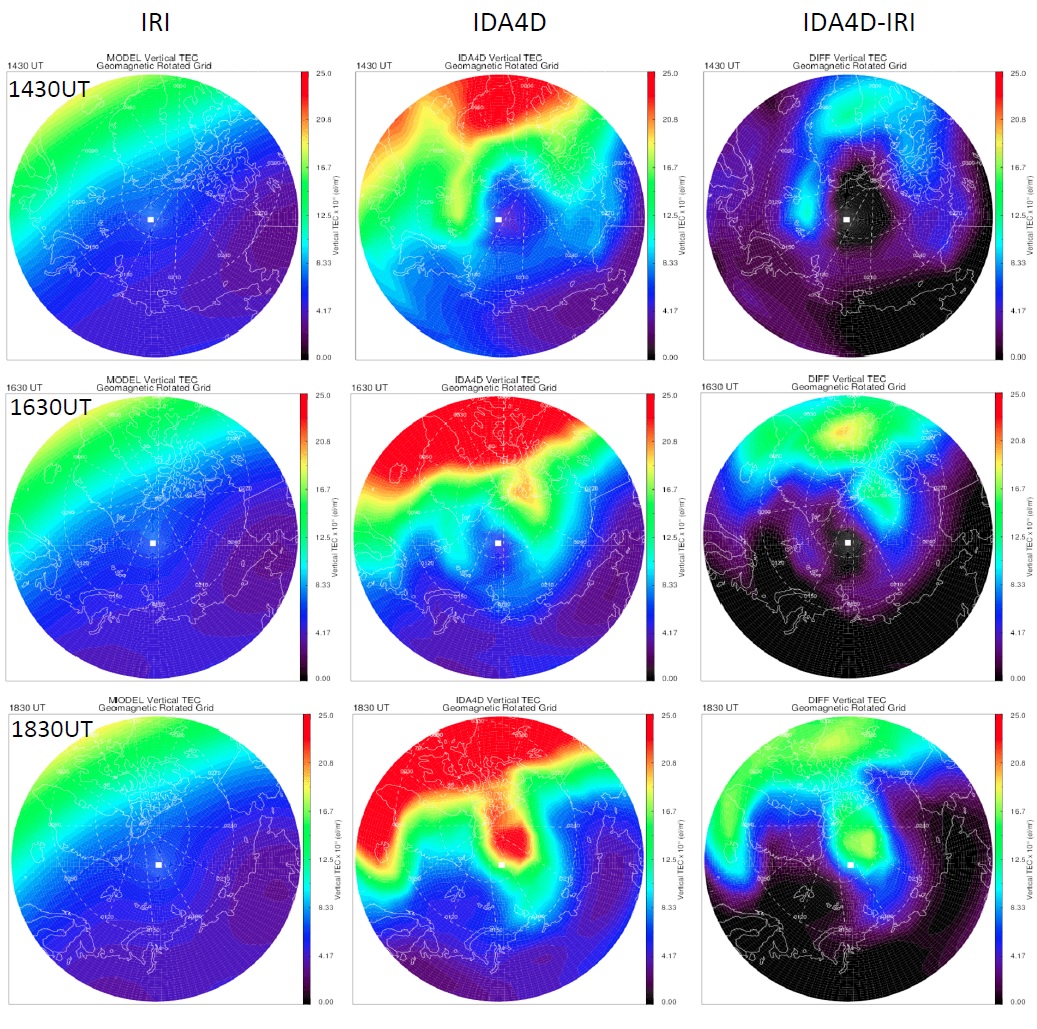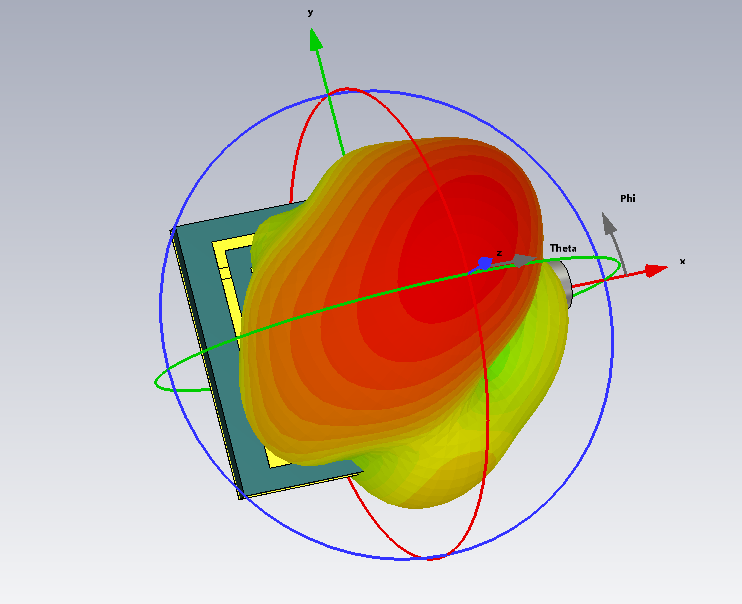Projects
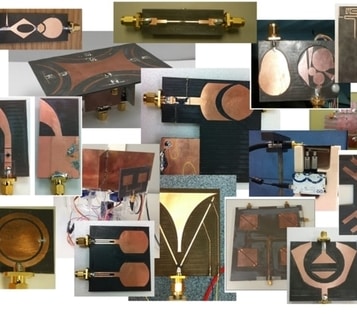
Reconfigurable Antennas and Cognitive Radio
Wideband Cognitive Radio Development and Prototyping – FPGAS- Arduinos ...Learn more
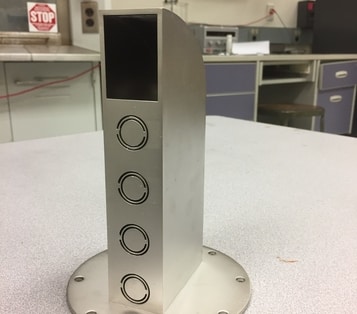
High Power Microwave Antennas
Focusing on compact slotted waveguide antenna designs for high-power-m ...Learn more

Space Electronics
Transparent antennas - TCOs and Graphene ...Learn more
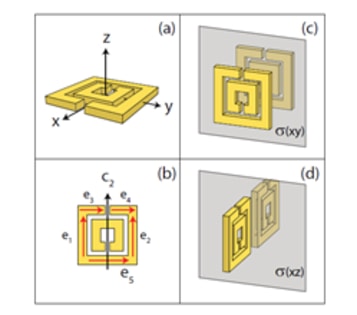
Metamaterials for High Power Microwaves
...Learn more

W/V – Bands terrestrial link experiment
The project studies the wave attenuation and depolarization caused by ...Learn more
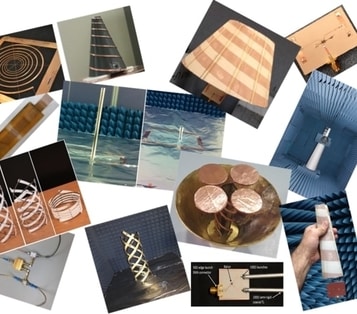
Deployable Modular Antennas for Small Satellites
...Learn more

Understanding the Effects of Energy input from the Solar Wind to the Magnetosphere-ionosphere-thermosphere System
We investigate the energy deposition via Poynting flux and particle pr ...Learn more
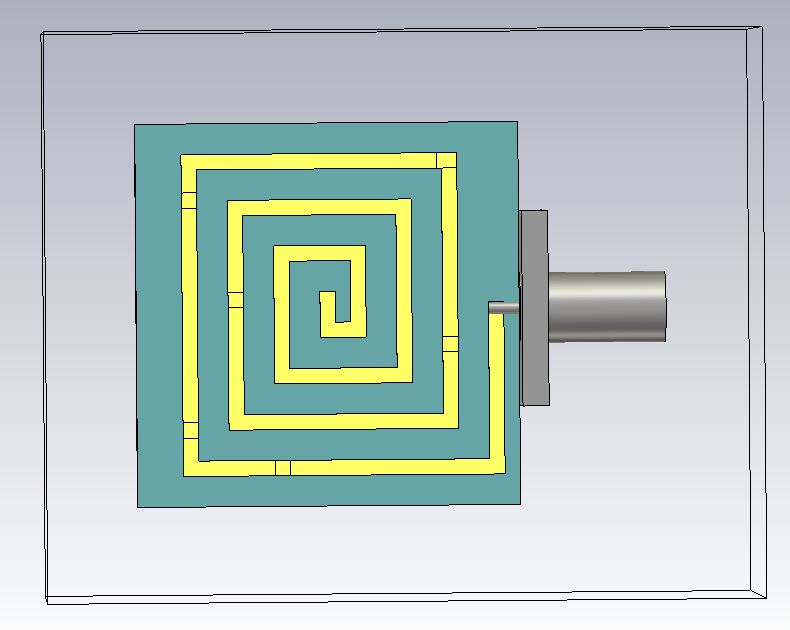
Reconfigurable Spiral Patch Antenna Array
...Learn more
